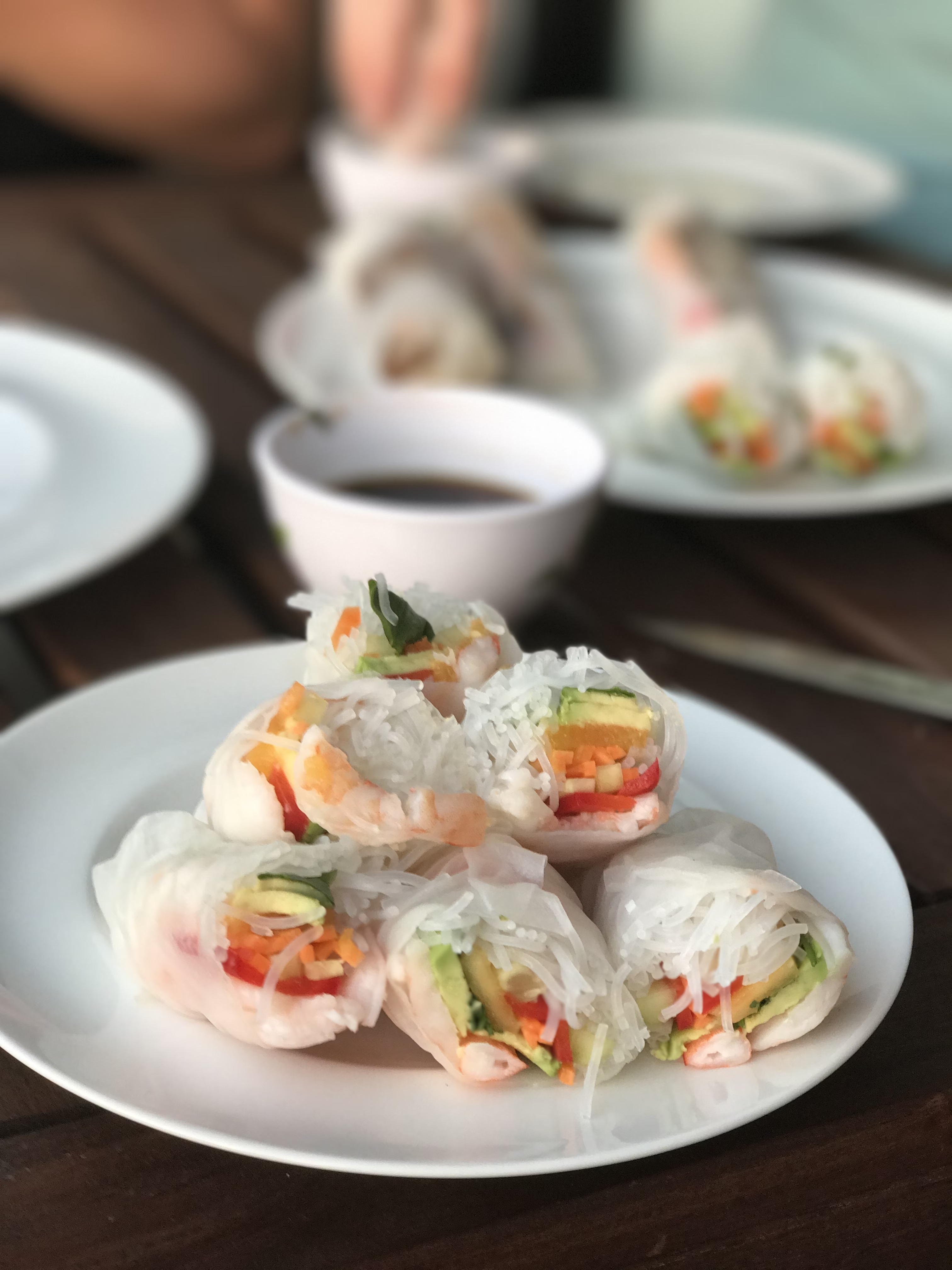Rice Paper Calories: The Ultimate Guide
Rice paper is a staple ingredient in Asian cuisine, known for its thin and flexible texture. It's crafted from rice flour and water, sometimes with a touch of salt. This culinary delight is traditionally used in a variety of dishes, including Vietnamese spring rolls and Thai summer rolls. Due to its composition, rice paper is a low-calorie alternative to other types of wrappers, which is particularly appealing to those monitoring their calorie intake.

Rice paper is a staple ingredient in Asian cuisine, known for its thin and flexible texture. It's crafted from rice flour and water, sometimes with a touch of salt. This culinary delight is traditionally used in a variety of dishes, including Vietnamese spring rolls and Thai summer rolls. Due to its composition, rice paper is a low-calorie alternative to other types of wrappers, which is particularly appealing to those monitoring their calorie intake.
In terms of nutrition, rice paper is mainly composed of carbohydrates with a negligible amount of fat and protein. This makes it a considerable choice for those who adhere to a low-fat diet. Understanding the calorie content of rice paper is essential for meal planning, especially for individuals tracking their caloric consumption for weight management or health reasons.
Each sheet of rice paper contains a different calorie count depending on the size and thickness, but on average, the calorie content ranges from about 20-35 calories per sheet. This modest calorie range allows rice paper to easily fit into various dietary requirements, making it a versatile and convenient option for crafting light, healthy, and nutritious meals.
Nutritional Composition
Rice paper is a food product known for its low calorie count and minimal fat content. It primarily consists of carbohydrates, with small amounts of protein and negligible fat.
Macronutrients and Calories
Rice paper wrappers are a low-energy-dense food, meaning they have a low calorie content relative to their weight. A single small wrapper typically contains roughly 20 calories, while a large one can have up to 56 calories. The macronutrient breakdown of rice paper is generally as follows:
- Carbohydrates: Dominating the macronutrient composition, rice paper contains about 22 grams of carbohydrates for three medium-sized wrappers, which is approximately 90 calories worth of energy.
- Protein: Containing minimal protein, a standard serving contributes less than 1 gram.
- Total Fat: Virtually fat-free, rice paper often contains less than 0.2 grams of total fat, with no significant presence of saturated, trans, polyunsaturated, or monounsaturated fats.
Vitamins and Minerals
Rice paper provides only nominal amounts of vitamins and minerals, but it does offer some micronutrients:
- Iron: Essential for oxygen transport in the blood, about 0.54 milligrams of iron can be found in three pieces of rice paper.
- Calcium: With roughly 10 milligrams per three wrappers, rice paper includes this vital nutrient for bone health.
- Sodium: Depending on the brand, rice paper can contain around 143 milligrams of sodium per serving. Monitoring sodium intake is essential for maintaining healthy blood pressure levels.
Dietary Fiber and Sugars
While rice paper is not a significant source of dietary fiber or sugars, it may contain trace amounts depending on the brand and the specifics of the manufacturing process:
- Fiber: Most variants of rice paper contain less than 1 gram of fiber per serving.
- Sugar: Typically, rice paper does not have added sugars and maintains a low sugar profile overall, making it suitable for recipes requiring a neutral taste profile.
Health Implications and Dietary Considerations
Rice paper is a food option with distinctive characteristics related to calories, nutrients, and dietary adaptability. It can support weight management and cater to various dietary restrictions.
Weight Management
Rice paper is a low-calorie alternative to traditional wraps, making it a useful component of a weight loss strategy. With approximately 30-35 calories per sheet, it is significantly lower in calories compared to other food wrappers like wheat tortillas. Incorporating rice paper into a diet regimen might help in creating a calorie deficit, which is fundamental for weight loss.
Dietary Restrictions
Rice paper is inherently gluten-free, catering to those with gluten sensitivities or celiac disease. Additionally, its low fat content and being cholesterol-free make it suitable for people looking to limit these components in their diet. Rice paper also contains minimal amounts of sodium, helping those on a low-sodium diet to manage blood pressure and cardiovascular health.
Cardiovascular Health
The nutritional composition of rice paper includes a negligible amount of fat, which contributes to a heart-healthy diet. Low in saturated fats, rice paper can be part of a diet that aims to maintain or improve cardiovascular health. However, as rice paper is mainly composed of carbohydrates, those monitoring blood sugar levels should consider the impact on their glucose management.
Want more posts like this?Sign up for our FREE newsletter →